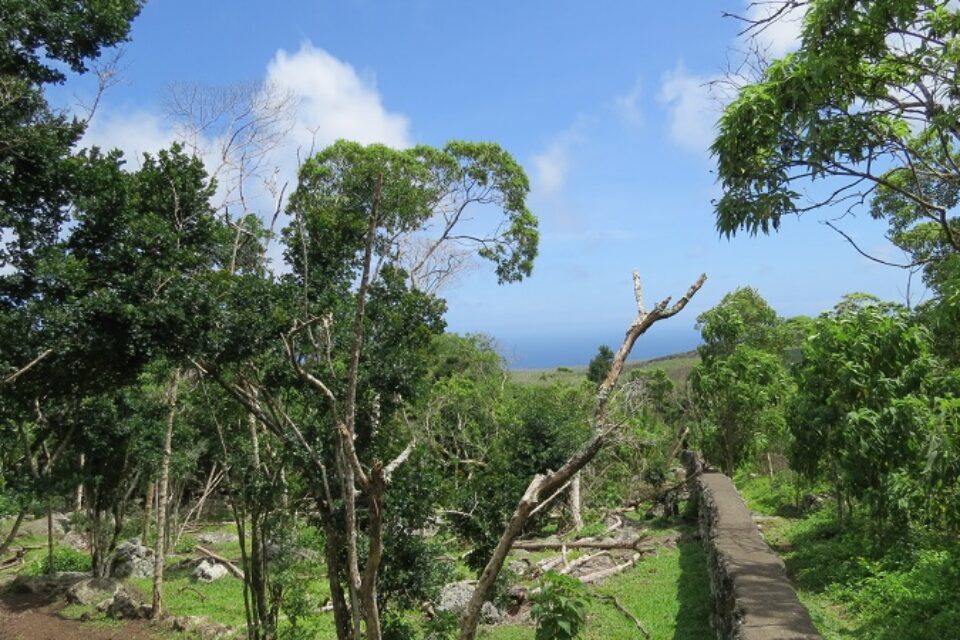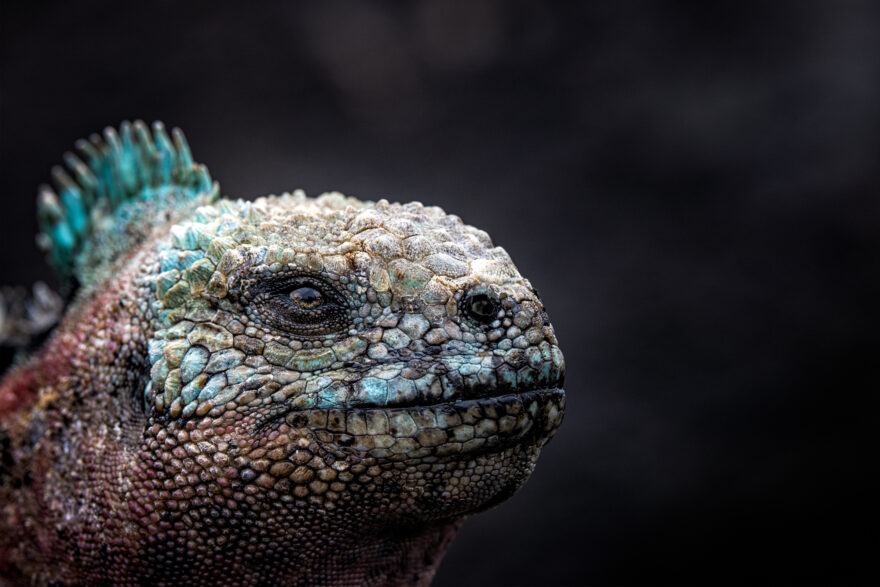

Island restoration and the vital role of connector species
A growing body of research is revealing the intimate connections between island and marine ecosystems, and the role of those species that live at the interface between land and ocean.
The Galapagos Islands are a famous example of how the isolation of islands creates a wide array of species found nowhere else in the world, from the Floreana mockingbird to the Pinzon giant tortoise. But these seemingly isolated islands are actually quite connected—to the neighbouring vast ocean.
The idea that the land and sea are interconnected may come as no surprise in Galapagos, where iguanas, turtles and sea lions cross that barrier daily, but the intimacy of the connection goes beyond species, influencing entire landscapes and seascapes. I have had the opportunity to see how these connections play out across hundreds of island ecosystems. Thirty years of restoration by Island Conservation and our partners shows the multiple, outsized benefits of restoring islands for biodiversity, the marine ecosystem and local communities.
It goes like this: seabirds and other key connector species that live at the interface of land and ocean eat fish and invertebrates out at sea, then come to islands to breed, rest or forage. The nutrients they ingest enrich the soil in the form of guano, which promotes healthy vegetation. As rain and surf wash these nutrients back into the sea, they help build up healthy near-shore ecosystems, such as reefs and kelp forests. Introduced, invasive species can disrupt all of this by destroying native biodiversity, interrupting the movement of nutrients from land to sea and vice versa, and throwing an entire ecosystem off-balance.
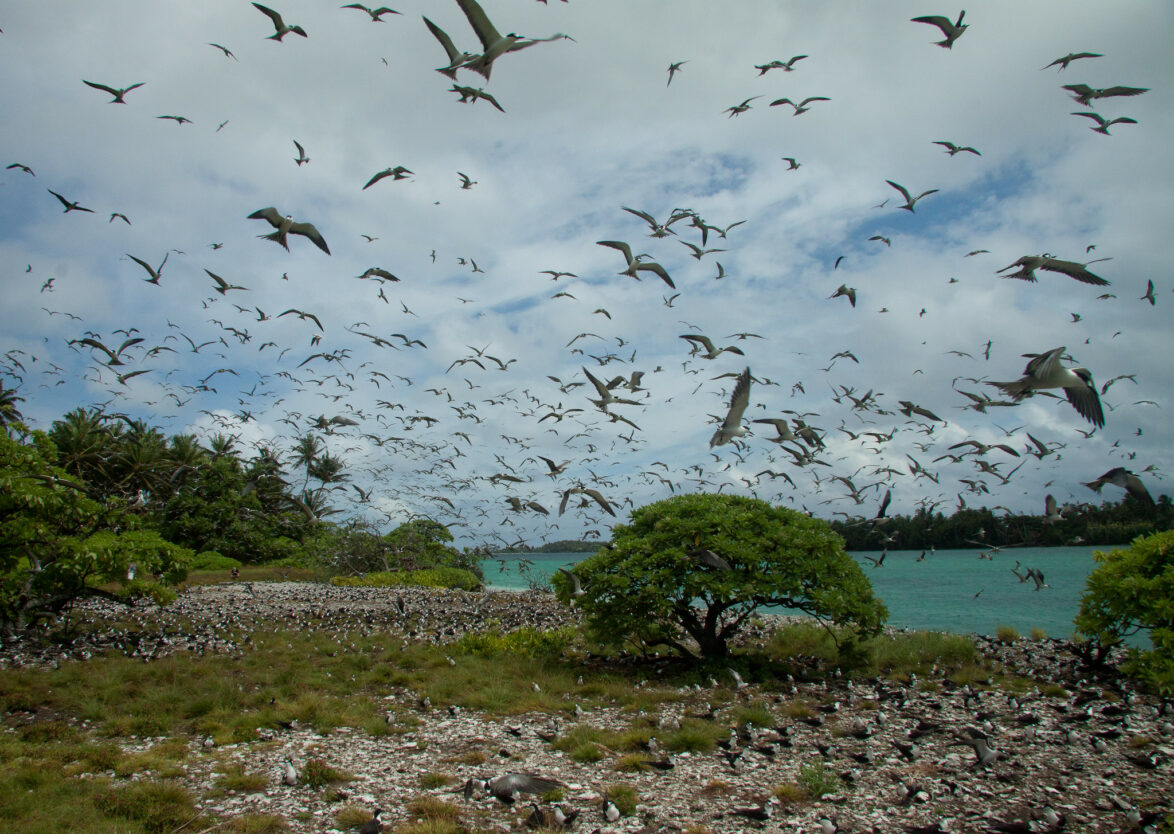
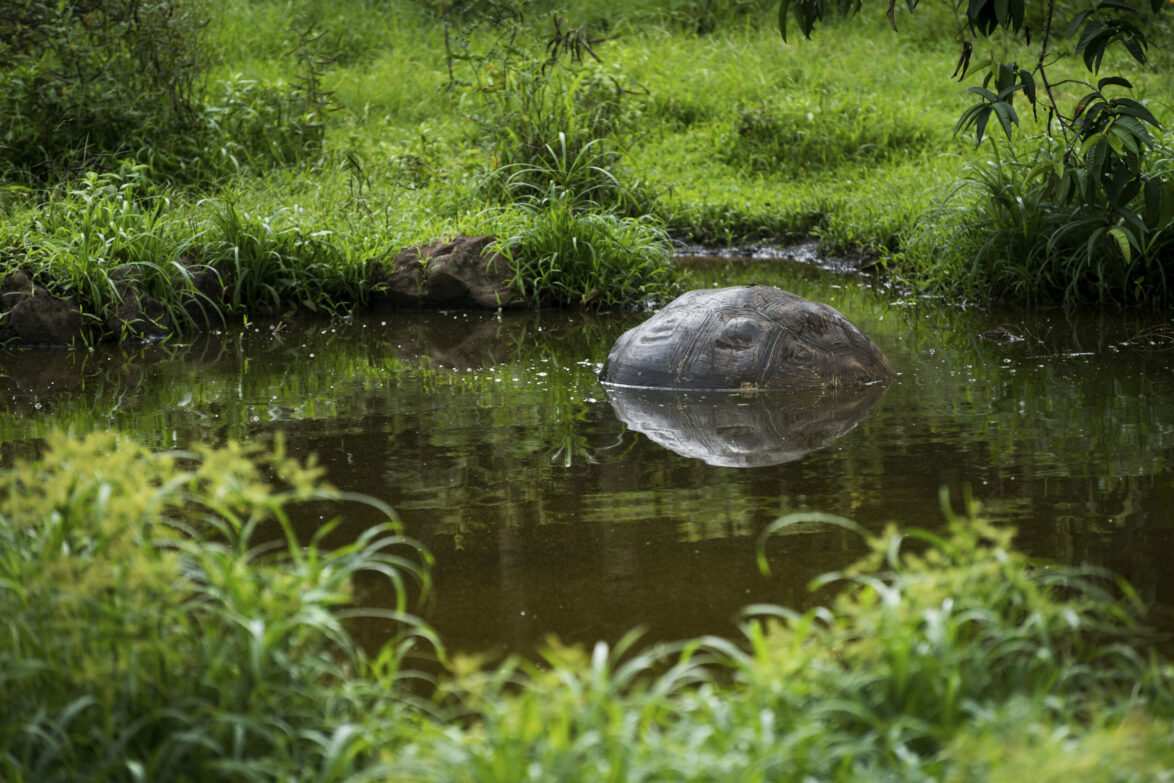
Rewilding Galapagos Appeal
Invasive species, pollution, plastic waste and disease threaten the survival of iconic species like Galapagos giant tortoises and Darwin’s finches. We need your help to rewild the Galapagos Islands so that wildlife thrives alongside people, reducing the human footprint and boosting biodiversity.
Emerging science confirms what Indigenous Peoples and island communities have long understood— that everything is connected. Western conservationists and researchers are just beginning to break down the disciplinary disconnect between land and sea and bring in a new era of holistic restoration.
We continue to see the incredible benefits of island restoration play out on islands across the globe. On Palmyra Atoll, south of Hawaii, native trees flourished after we removed invasive rats. Five years later, the forest was transformed: where there had once been fewer than 150 native seedlings, there were now 7,700. In the Aleutian Islands, off the coast of North America, removal of invasive rats led to a lush intertidal zone bursting with coastal algae. Healthier fish populations encouraged the tufted puffin to nest on the newly-renamed Hawadax Island (formerly Rat Island) for the first time ever.
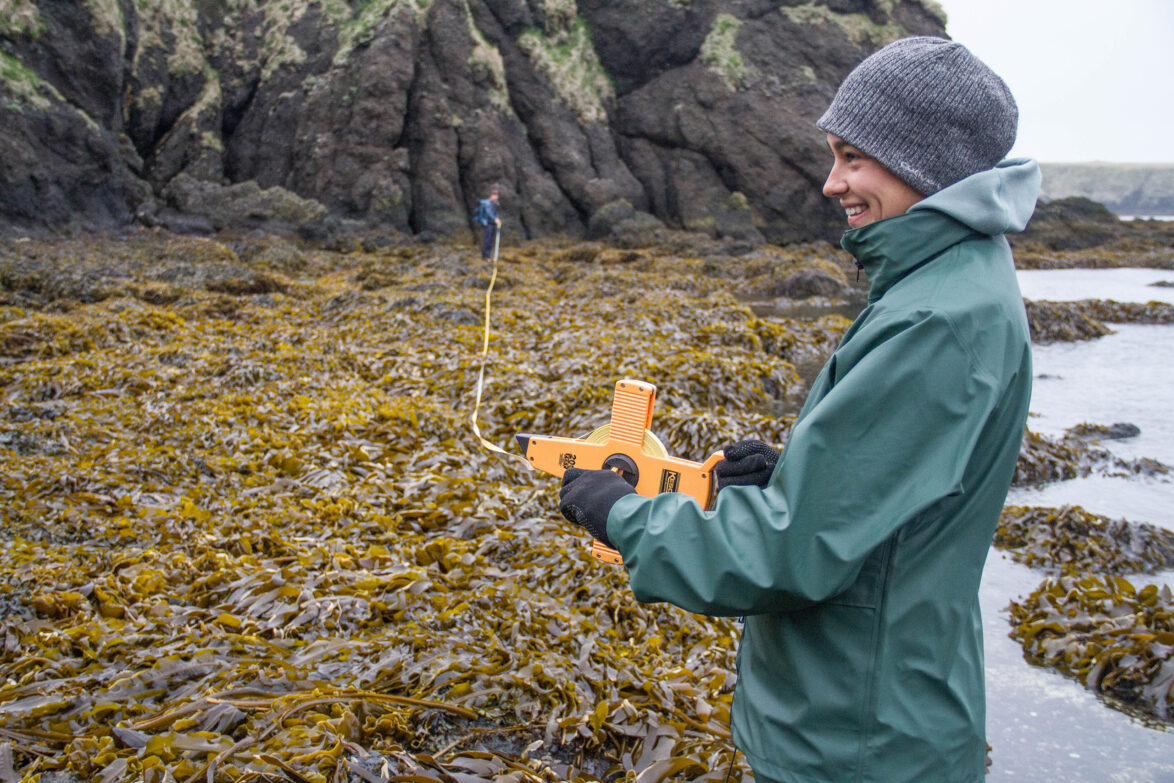
In Galapagos, Island Conservation is working with Galapagos Conservation Trust, Fundación Jocotoco, the Galapagos National Park Directorate, Galapagos Biosecurity Agency and others to support the Floreana community in achieving their vision of a thriving Floreana island. In autumn 2023, we began removing invasive species that devastated native plants and animals and destroyed crops. And soon, we’ll begin reintroducing native, missing species that will engineer a healthy ecosystem again.
It is with the aim of fostering projects just like this that we launched the Island-Ocean Connection Challenge (IOCC). Breaking down the barrier between land and sea requires cross-collaboration in conservation. The IOCC provides a platform for governments, partners, organisations and local communities to unite their expertise to identify 40 globally significant island-ocean ecosystems for restoration and rewilding by 2030. We are thrilled to count Floreana among this number and announce our new partner in the campaign: Galapagos Conservation Trust. By working together, we can achieve so much more for our land, sea and communities.
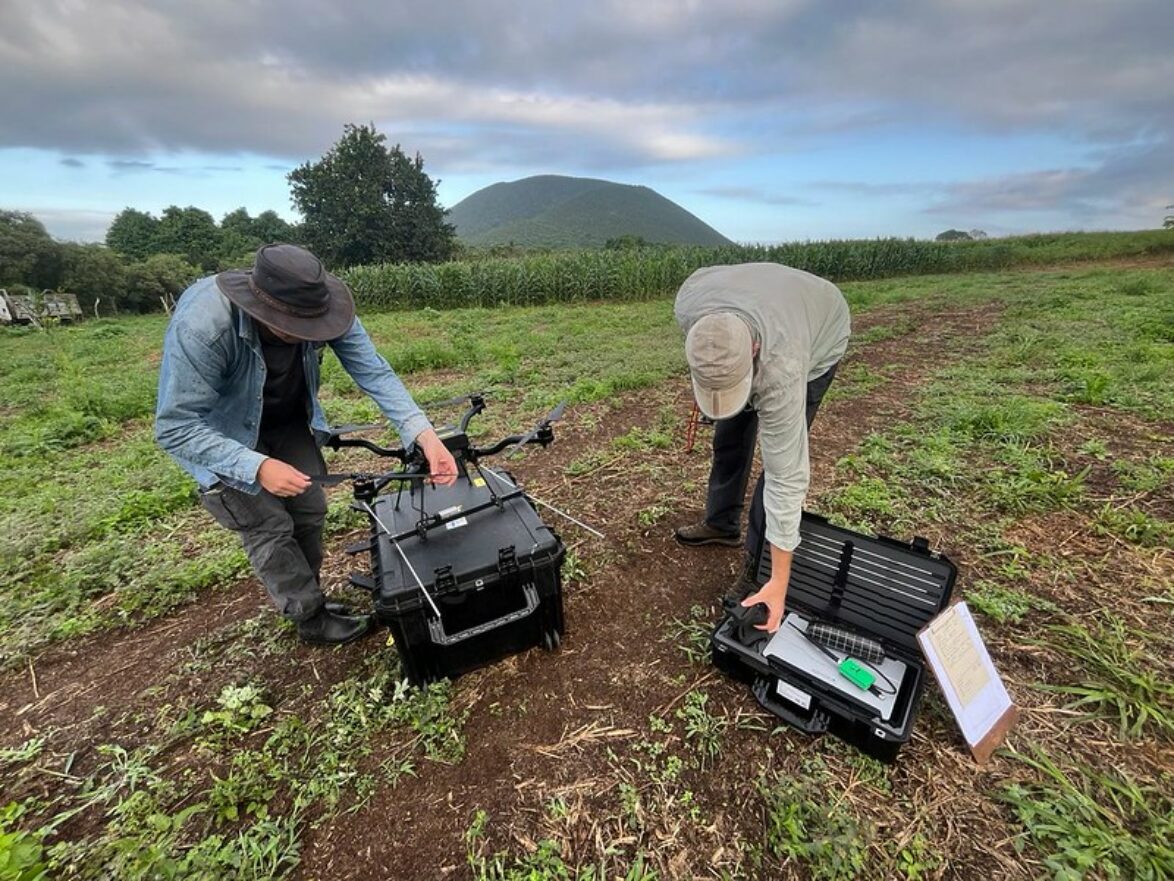
This partnership inspires me with hope for a world where all conservation is place-based, collaborative, community-focused and interdisciplinary. Just as connector species bring land and sea together, we have a responsibility to connect with each other to help ecosystems thrive.
Rewilding The World
Penny recently appeared on Ben Goldsmith’s podcast ‘Rewilding the World’, where she discussed Island Conservation’s ongoing efforts to remove invasive species from island ecosystems, including on Floreana.
Related articles

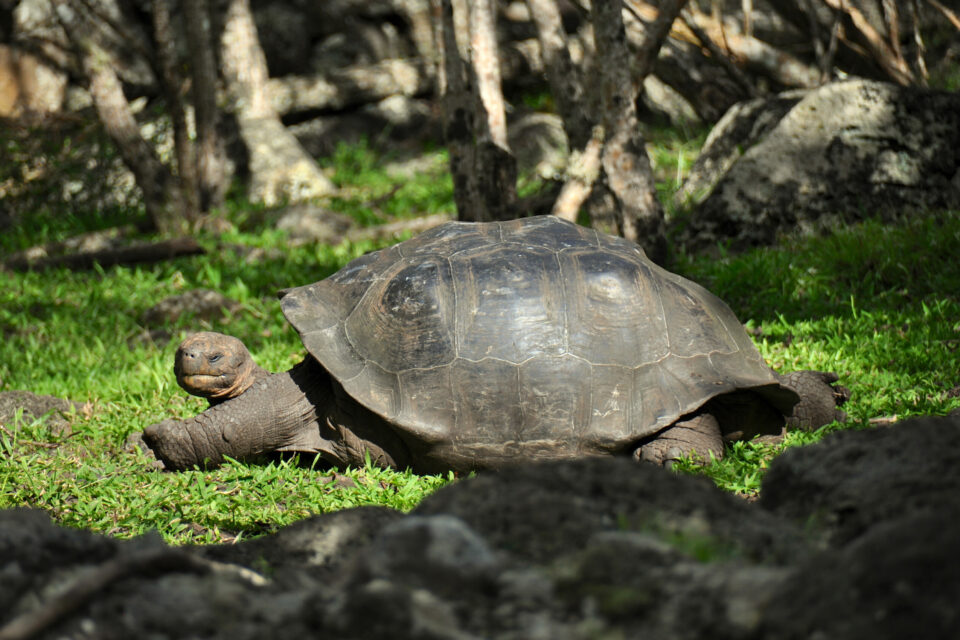
The return of the Floreana giant tortoise
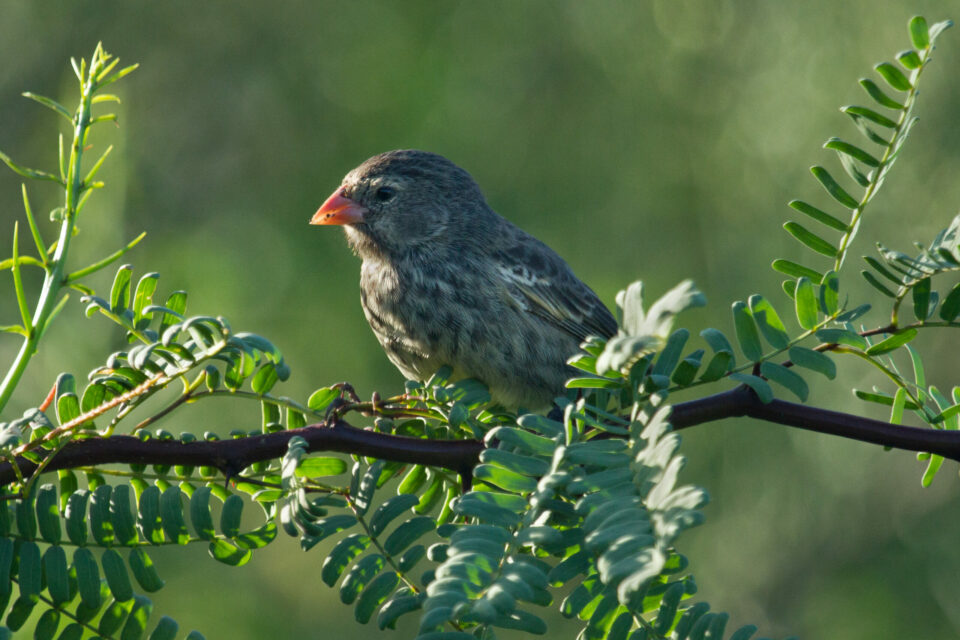
Promising signs on Floreana as five species of finch are released
